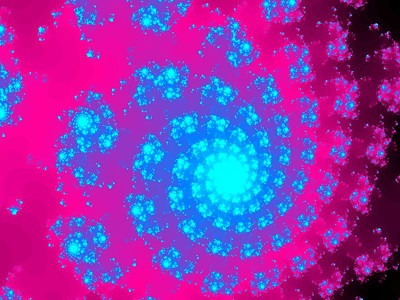All Nonfiction
- Bullying
- Books
- Academic
- Author Interviews
- Celebrity interviews
- College Articles
- College Essays
- Educator of the Year
- Heroes
- Interviews
- Memoir
- Personal Experience
- Sports
- Travel & Culture
All Opinions
- Bullying
- Current Events / Politics
- Discrimination
- Drugs / Alcohol / Smoking
- Entertainment / Celebrities
- Environment
- Love / Relationships
- Movies / Music / TV
- Pop Culture / Trends
- School / College
- Social Issues / Civics
- Spirituality / Religion
- Sports / Hobbies
All Hot Topics
- Bullying
- Community Service
- Environment
- Health
- Letters to the Editor
- Pride & Prejudice
- What Matters
- Back
Summer Guide
- Program Links
- Program Reviews
- Back
College Guide
- College Links
- College Reviews
- College Essays
- College Articles
- Back
"Legalize It"
“
We grow up being taught by our parents, teachers, and other adult role models that drugs are “bad” and only lead to misfortune, with no hope of a successful future. The part our parents leave out is not all drugs are harmful; some can even benefit our health, such as, marijuana. Medical marijuana is currently legal in 16 states and in D.C., and there are six states with pending legislation to legalize medical marijuana (Hoffman 1). Medical marijuana should be validated in every state; marijuana can be used to treat chronic pain, depression, sleep apnea, and several other diseases.
Medical marijuana is used to treat severe or chronic pain (Hoffman 1). The substance known as tetrahydrocannobinol or THC, is found in a family of compounds called cannabinoids (Levy 2). Cannabinoids are found in medical marijuana; in addition this substance is similar to the pain-relieving molecules one’s own body releases naturally (Levy 2). The Mayo Clinic which is “a nonprofit worldwide leader in medical care” (Dodick 1), stated, “People widely used marijuana for pain relief in the 1800s, and several studies have found the cannabinoids have analgesic effects. In fact, THC may work as well in treating cancer pain as codeine, a mild pain reliever. Cannabinoids also appears to enhance the effects of opiate pain medications to provide pain relief at a lower dosages” ( Hoffman 1).
In addition to pain, medical marijuana is also used to treat mood (Cain 2). Many patients that are prescribed traditional anti-depressants find that it actually worsens their depression (Cain 1). According to the Journal of the American Medical Association traditional anti-depressants are only effective for those with severe depression; patients with mild to moderate depression had no benefits with typical prescribed medications (Cain 2).
Not only can traditional anti-depressants worsen the illness in some cases, they also have serious side effects, for examples, head aches, liver failure , high blood pressure, insomnia, loss of appetite, dizziness, and several others (cain 2).Also with these medications there is a “ discontinuation syndrome”, otherwise known to most people as “ bad withdrawal”. Patients who want to stop using these types of medications find they must “taper” with the does and bring it down slowly with doctor’s supervision, or they’re unable to stop the use of the medication at all (Cain 2). On the contrary, medical marijuana shows not to be very addictive and has little to no sign of a “discontinuation syndrome”; in fact, medical marijuana can even help treat some of the effects of traditional anti-depressants, such as, nausea, loss of appetite, and insomnia (Cain 3).
Another use for medical marijuana is sleep apnea. Sleep apnea can be a serious sleep disorder in which breathing repeatedly stops and starts (Mayo Clinic staff 1).There are three types of sleep apnea; the most common type is “obstructive sleep apnea”. This type occurs when the soft tissue in the back of the throat relaxes during sleep, causing the airway blockage, as well as loud snoring (Mayo Clinic staff 1). A less common type of sleep apnea is “central sleep apnea”. This occurs when the brain doesn’t signal the muscles that control breathing. The third type is “complex sleep apnea”; which is a combination of the other two types (Mayo Clinic staff 2). According to the Journal of the American Academy of Sleep Medicine, researchers at the University of Illinois department of medicine stated, that doses of delta-9-THC and endocannabinoid oleamide ( that is found in medical marijuana) helps stabilized respiration during sleep and blocked serotonin-induced exacerbation of sleep apnea (Mayo Clinic staff 2).
In conclusion doctors who are not for the legalization of medical marijuana cannot deny it has medical uses. Medical marijuana is useful for pain, depression, and sleep apnea. It is also legal is 16 and is D.C., with 6 other states that have legislation pending to legalize it. Hopefully more states will choose to legalize it to help millions of people dealing with illnesses other treatments cannot relieve.

Similar Articles
JOIN THE DISCUSSION
This article has 0 comments.
